
To address inefficiencies in a manual finance processes and fragmented approval chains, I led the design and deployment of a Finance Request Application. The app streamlines payment-related requests across multiple tiers of validation, integrates with Oracle, and automates document reading and batching. This project showcases how a UX-first approach, supported by AI and strong workflow architecture, transformed both user experience and operational control.
Note: The screenshots below only display placeholder data.
As the Head of Design, I:
The project was developed with several key objectives in mind:
By aligning these goals with business needs, the application serves as a scalable and adaptable finance approval platform that enhances efficiency while maintaining compliance.
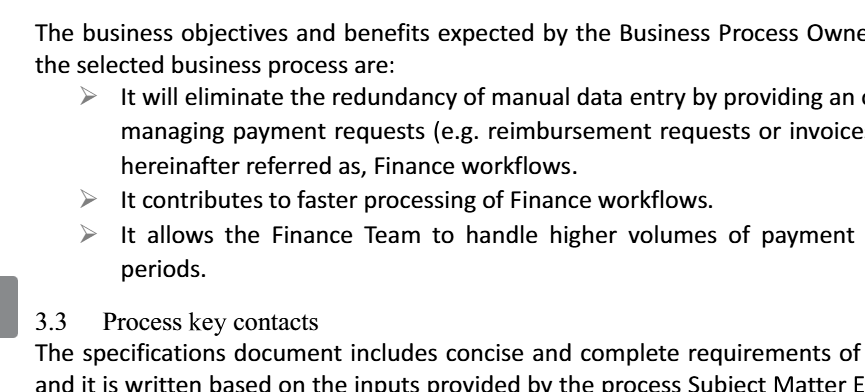
At the heart of the system is a tiered approval process that routes requests based on type, urgency, and compliance requirements. The app automates status-based redirection logic, allowing requests to be dynamically reassigned or postponed depending on payment due dates and data conditions.
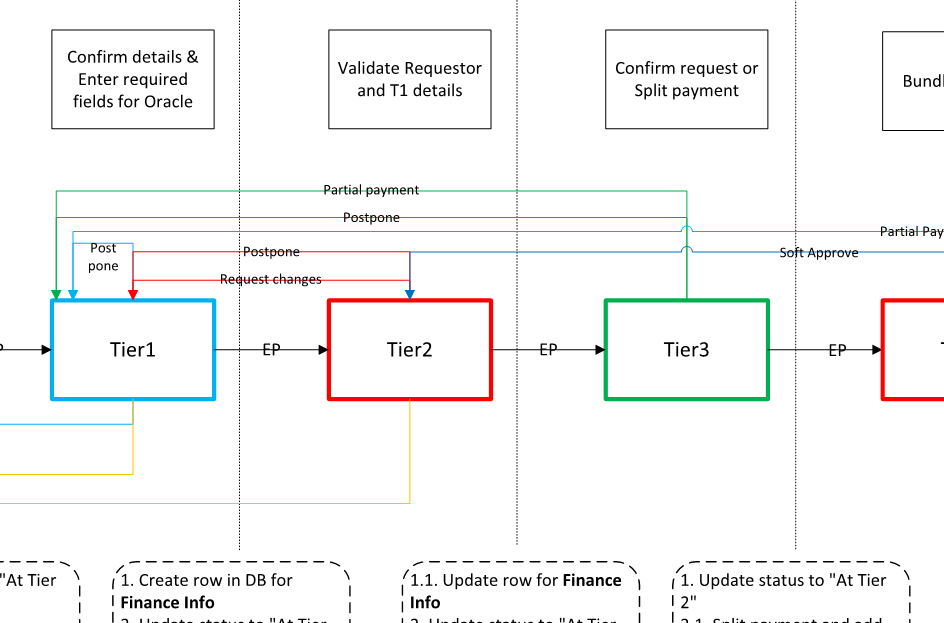
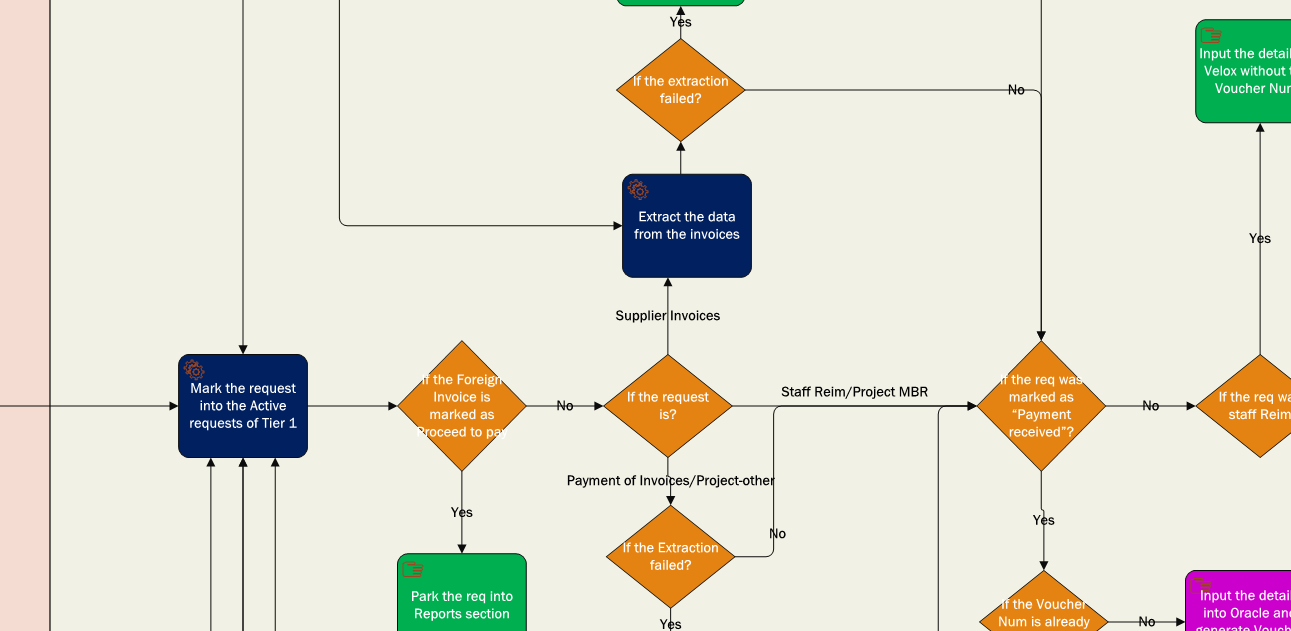
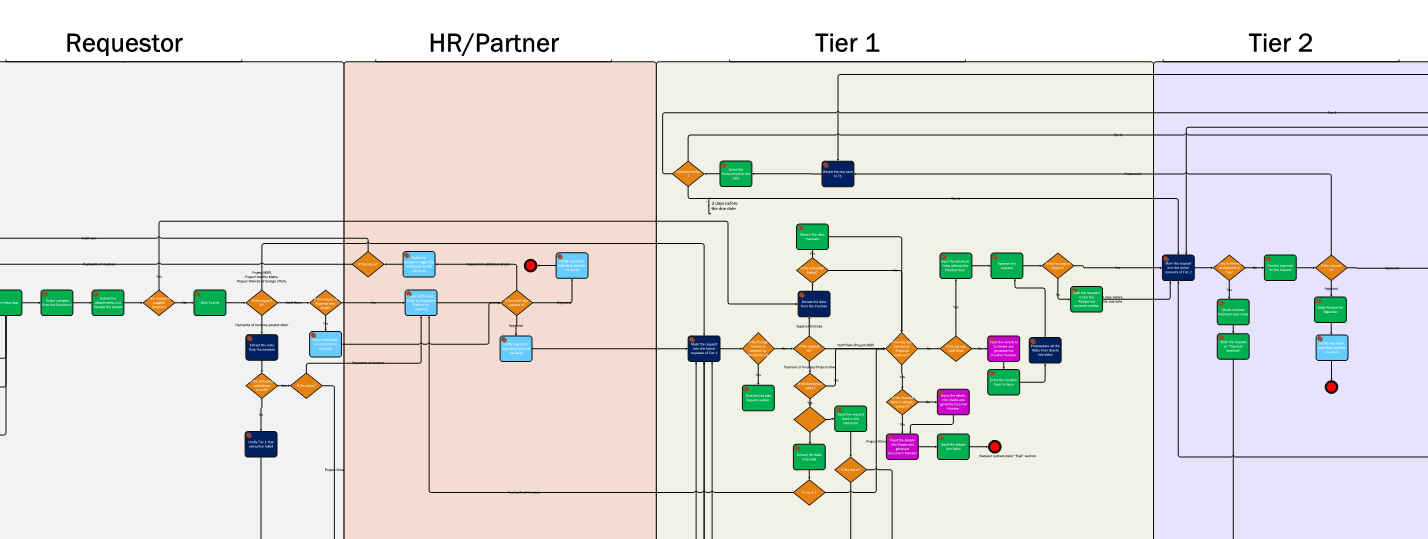
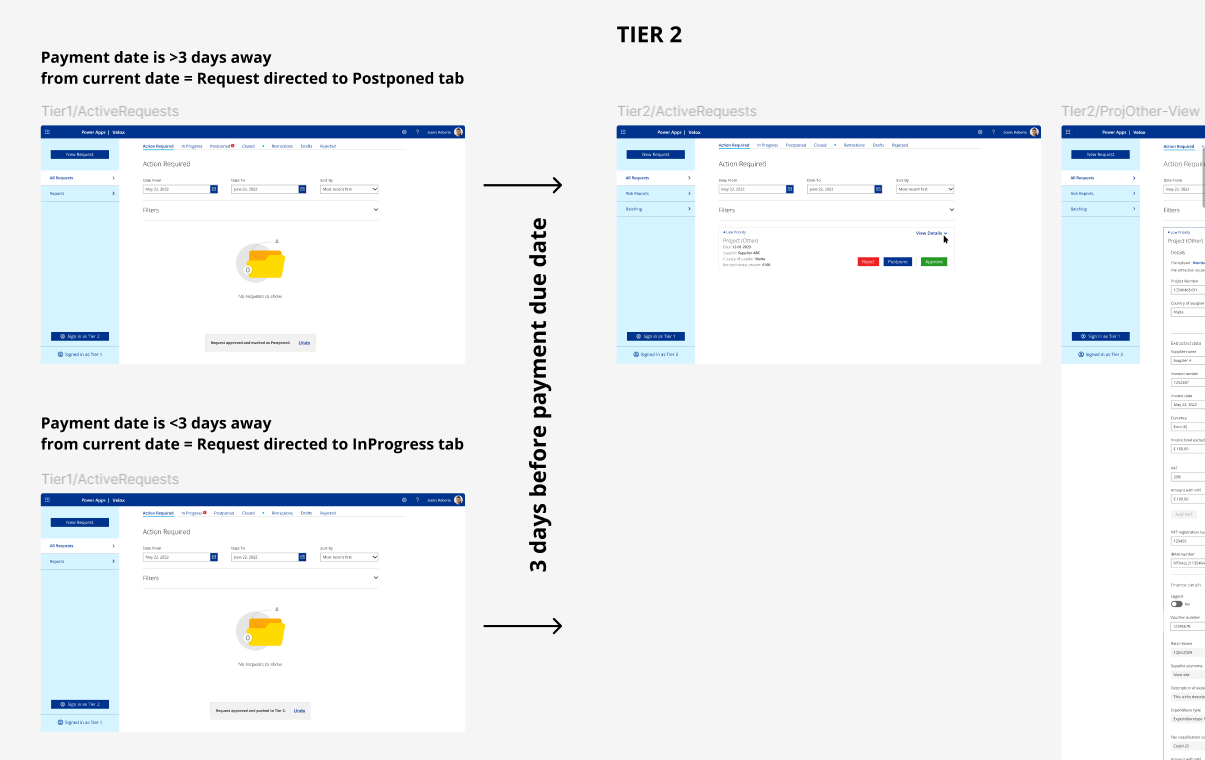
AI-driven file reading capabilities enable automatic field population, reducing manual errors and speeding up submission time. The user must confirm that extracted data matches uploaded documentation before proceeding with approval. This step is critical to ensure audit-ability and data reliability throughout the process chain.
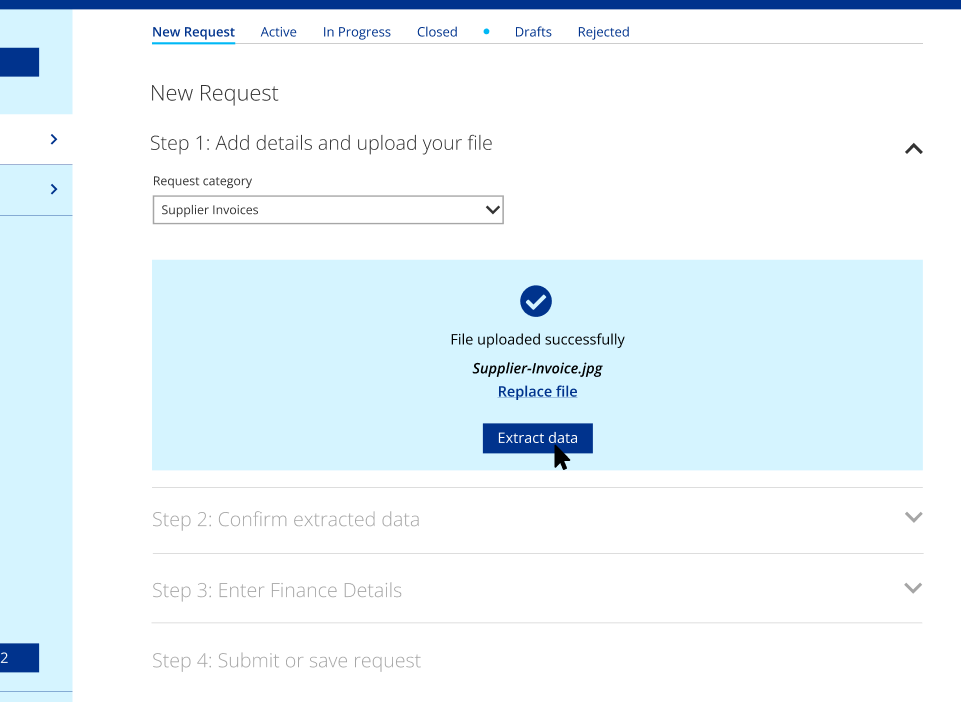
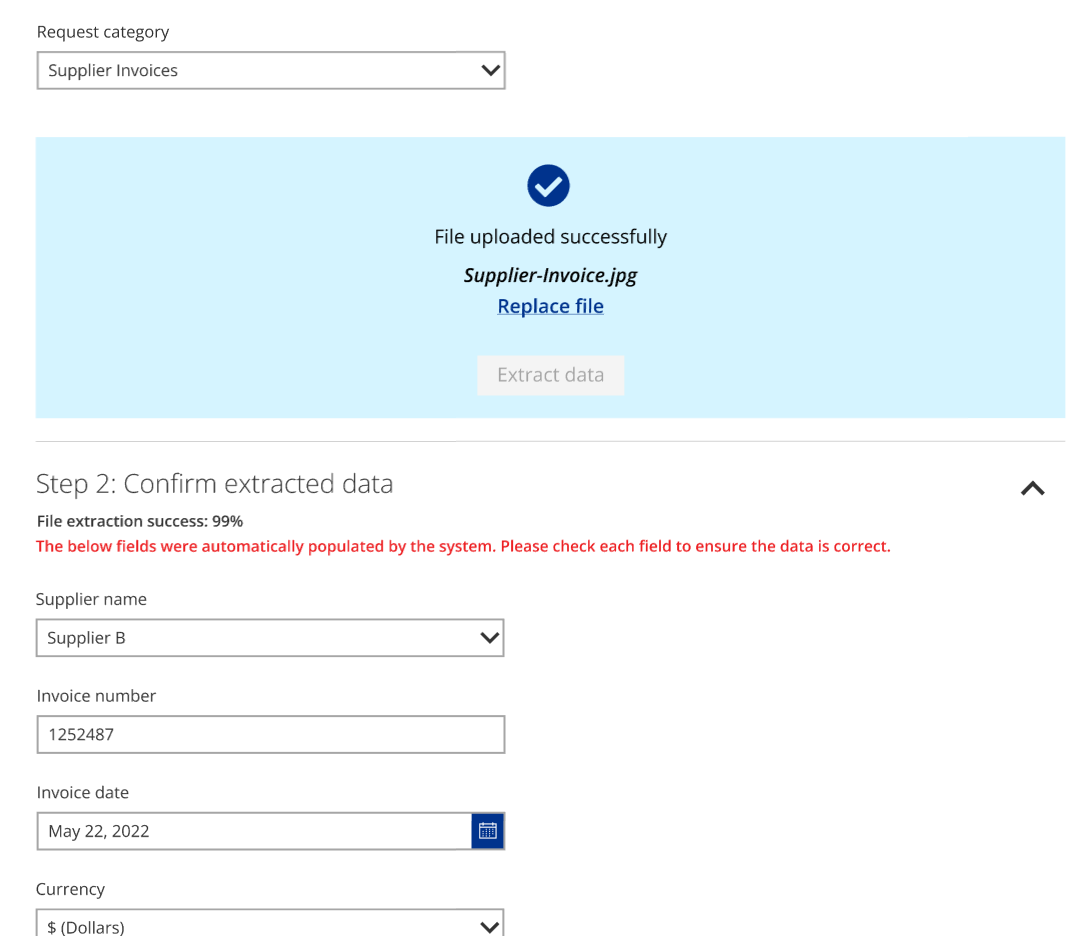
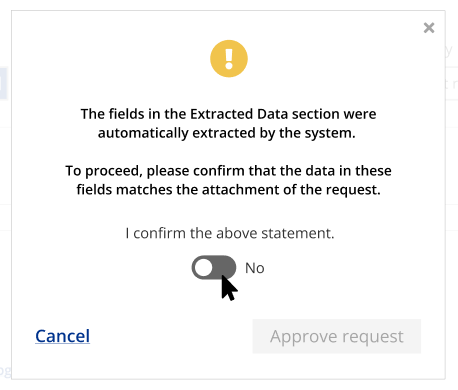

Actions such as approval, rejection, or soft approval are tracked at every level. A feedback mechanism shows request status in real time, with instant on-screen feedback provided to users.
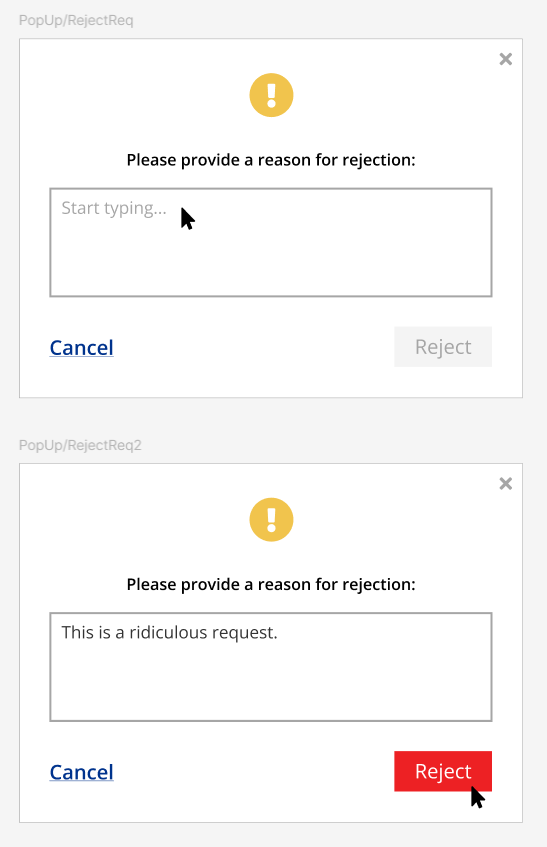
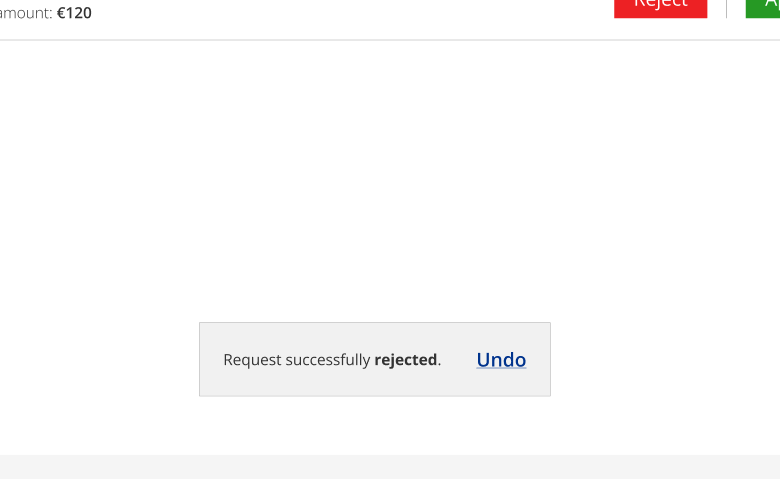
Direct API-based data exchange ensures seamless synchronisation between Power Apps and Oracle, maintaining up-to-date records. Leveraging Microsoft Power Automate, the system minimises external dependencies while ensuring workflow automation for notifications and escalations.
The finance team enters Oracle-specific details after extracting invoice data. The "Read Data" function parses uploaded documents and allows users to populate relevant fields for Oracle submission via Oracle API.
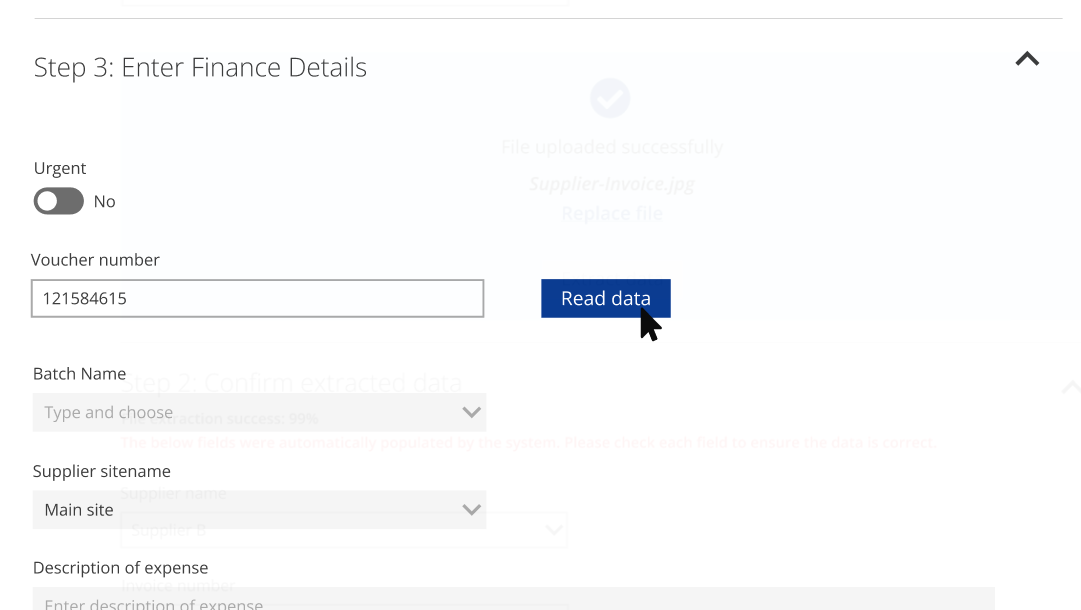
To accommodate executives and approvers who operate remotely, a mobile-first extension was released. This version enables access to ongoing requests, new submissions, and approval routing from any location.
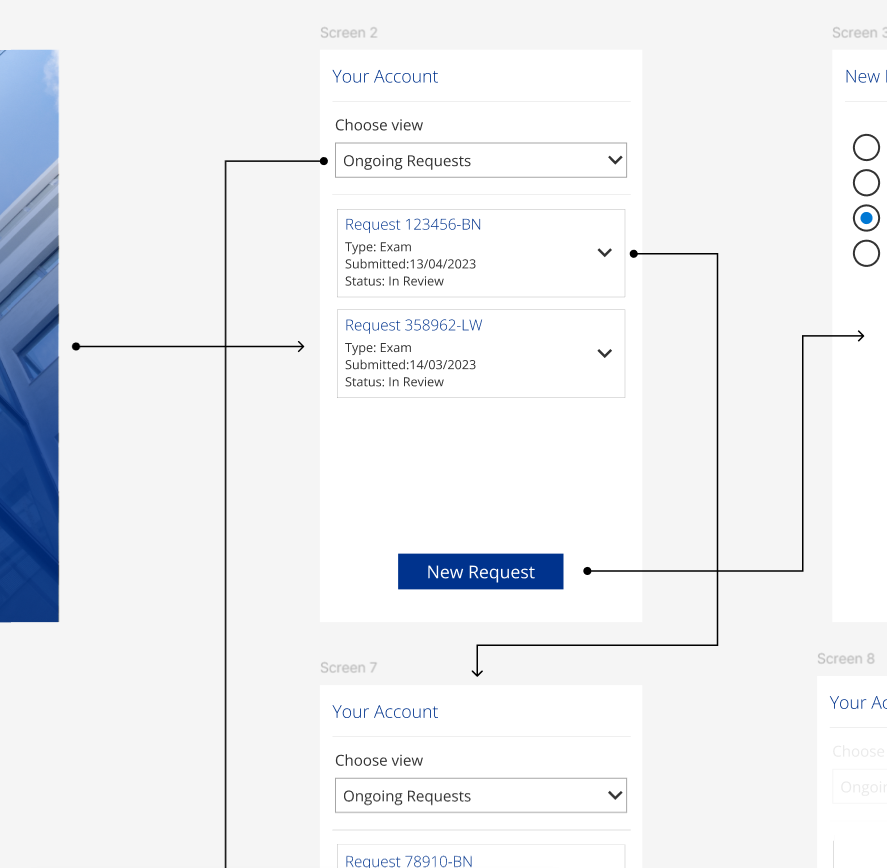
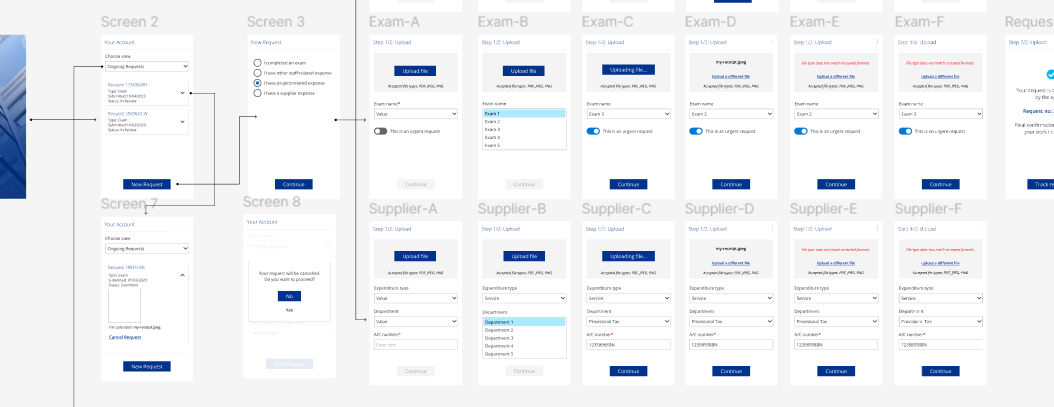
The front-end design system was constructed using modular components and states. Each request card, filter control, and action button is tied to conditional logic, ensuring scalability and flexibility as business needs evolve.
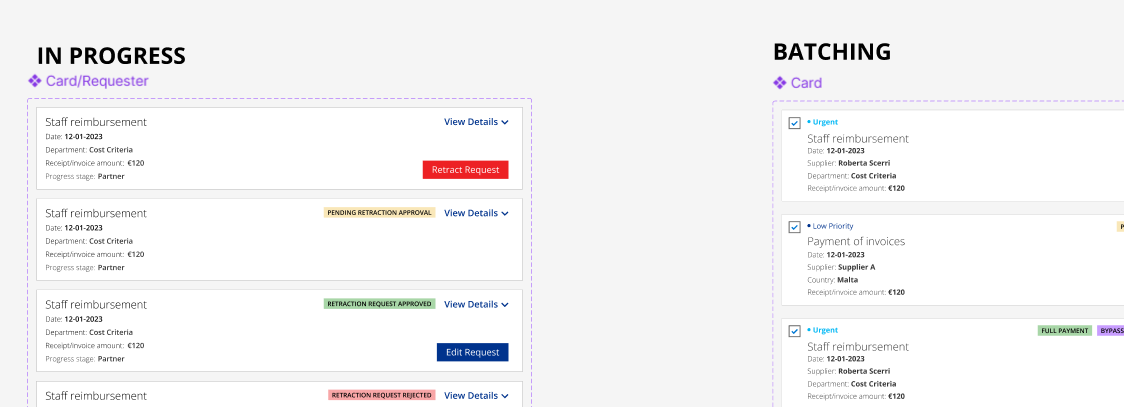
The system is built on Power Platform and integrated with Microsoft 365 tools, ensuring scalability across departments. The architecture allows for custom workflow logic, audit trails, and layered permission handling.
To ensure smooth adoption, a governance layer was implemented, aligning Tier 1, Tier 2, and Tier 3 teams with clear responsibilities. Visual workflow diagrams supported stakeholder onboarding and role-based accountability.

System Features & Functionalities
The system provides a robust framework for handling approvals, financial document management, and payment reconciliations while ensuring controlled access based on user roles and permissions.
Role-Based Access & Approval Framework
A structured permissions-based hierarchy assigns different functionalities based on user roles, ensuring only authorised personnel can approve, edit, or review requests. Requests move through multi-level approvals based on pre-configured logic, ensuring accountability at each stage while minimising bottlenecks. Role-specific dashboards provide relevant insights, tasks, and approvals tailored to each user level, ensuring quick action and decision-making.
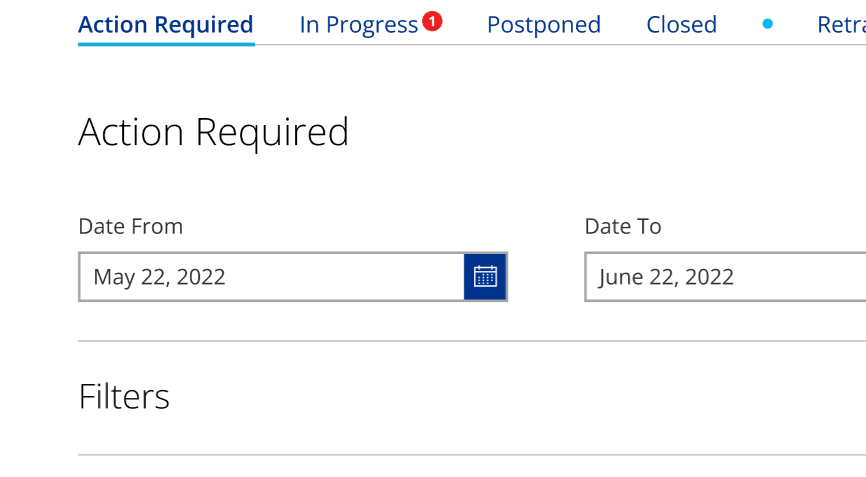
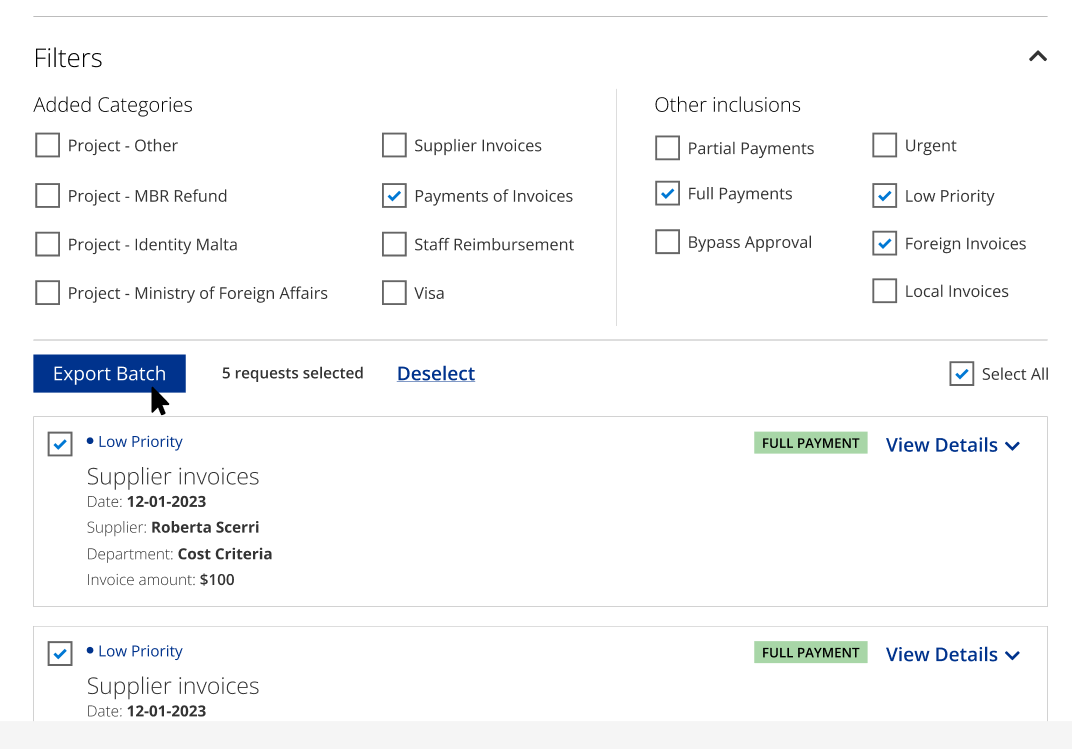
Audit & Compliance Tracking
All approval and financial transactions are logged with timestamps and metadata, ensuring full visibility into transaction history for audit readiness. A structured document retention policy ensures compliance with internal governance frameworks and external regulatory requirements. Built-in approval escalation mechanisms automatically notify stakeholders of pending approvals, ensuring no requests remain stalled for extended periods.
User Experience Strategy
The UX strategy is centred around efficiency, clarity, and accessibility, ensuring that the platform is intuitive for both finance professionals and non-technical users. The dashboard design provides a personalised experience, surfacing only relevant tasks and approvals to each user, improving workflow navigation. The invoice upload process includes drag-and-drop functionality, real-time AI extraction previews, and manual adjustment options to allow users to verify extracted data before submission. Approval workflows are visualised with progress indicators, clearly displaying pending approvals, escalation paths, and the history of decision-making. Error handling mechanisms ensure users receive real-time feedback, allowing them to correct discrepancies before submission, improving accuracy. The bank statement upload and AI matching process provide visual indicators of reconciliation status, reducing the effort required for manual validation and increasing transparency in financial tracking.
The implementation of this system brings tangible improvements in operational efficiency, compliance, and financial processing.
By tracking these KPIs, the system ensures continuous improvement in approval efficiency, finance automation, and compliance management.
To further enhance the system’s capabilities, additional features are planned:
These enhancements will ensure that the system remains a future-proof solution capable of adapting to evolving business needs.
This project delivers a modernised financial approval system that integrates seamlessly with Oracle and Microsoft Power Platform, leveraging AI to streamline invoice processing and payment reconciliation. By reducing manual input, improving compliance, and enhancing UX through intuitive workflows, this system provides a scalable and cost-effective solution for enterprise financial operations.
By continuously refining the system with AI-driven features and automation, businesses can achieve greater efficiency, accuracy, and control over their financial approval processes.